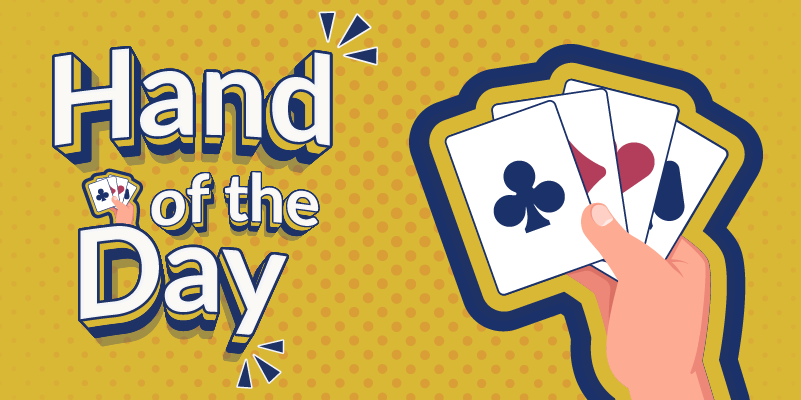



This conundrum was written by Paul Thurston and was originally published in Bridge at the Breakfast Table - you can find out all about the book further down the page.
Opening lead: ♦K
Count or attitude signals? What’s your partner’s preferred method of signaling? Before we see how East-West misdefended by getting their signals mixed up, how do you like the bidding? South frightened himself with his semi-natural rebid of 2♠, so he thought he had better do something dramatic to convince his partner spades weren’t on the menu of possible trump suits.
If South had instead continued with 4♣ (forcing) at his third turn, North would have been able to bid 4♥ to show extra quality in that suit and the partnership could have stopped in the much safer ten-trick game.
As it was, West started with a top diamond and East signaled both possession of an equal honor and his enthusiasm for a continuation of the suit by playing the seven (standard attitude signals). Obediently, West did continue diamonds, but that was the end of the defenders’ chances as South ruffed, forced out the trump king and soon thereafter discarded all of his losing spades on dummy’s hearts. The fly in the ointment was East’s Trick 1 attitude signal.
What West really needed to know was how many diamonds his partner and, by extension, how many declarer held. Had East-West been emphasizing count signals, East would have played the ♦2, playing his lowest to show an odd number of cards, almost certainly five given South’s bidding, and West could have paused to find and adopt a different defensive strategy.
West could have shifted to a heart at Trick 2 and continued the suit when in with the ♣K so that South would have been cut off from his source of discards and the ♠K would take the setting trick late in the play. Yes, a deep-thinking West might have made that shift even without being given the count, but that’s a very large ‘might’!
Many Canadians do indeed get their daily dose of bridge ‘at the breakfast table’ — by reading Paul thurston’s daily column in the National Post, one of only two newspapers in circulation throughout the whole of Canada. This book is a collection of some of his best and most interesting articles — tips, oddities, and just plain interesting deals and stories.



